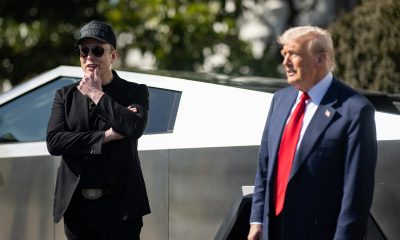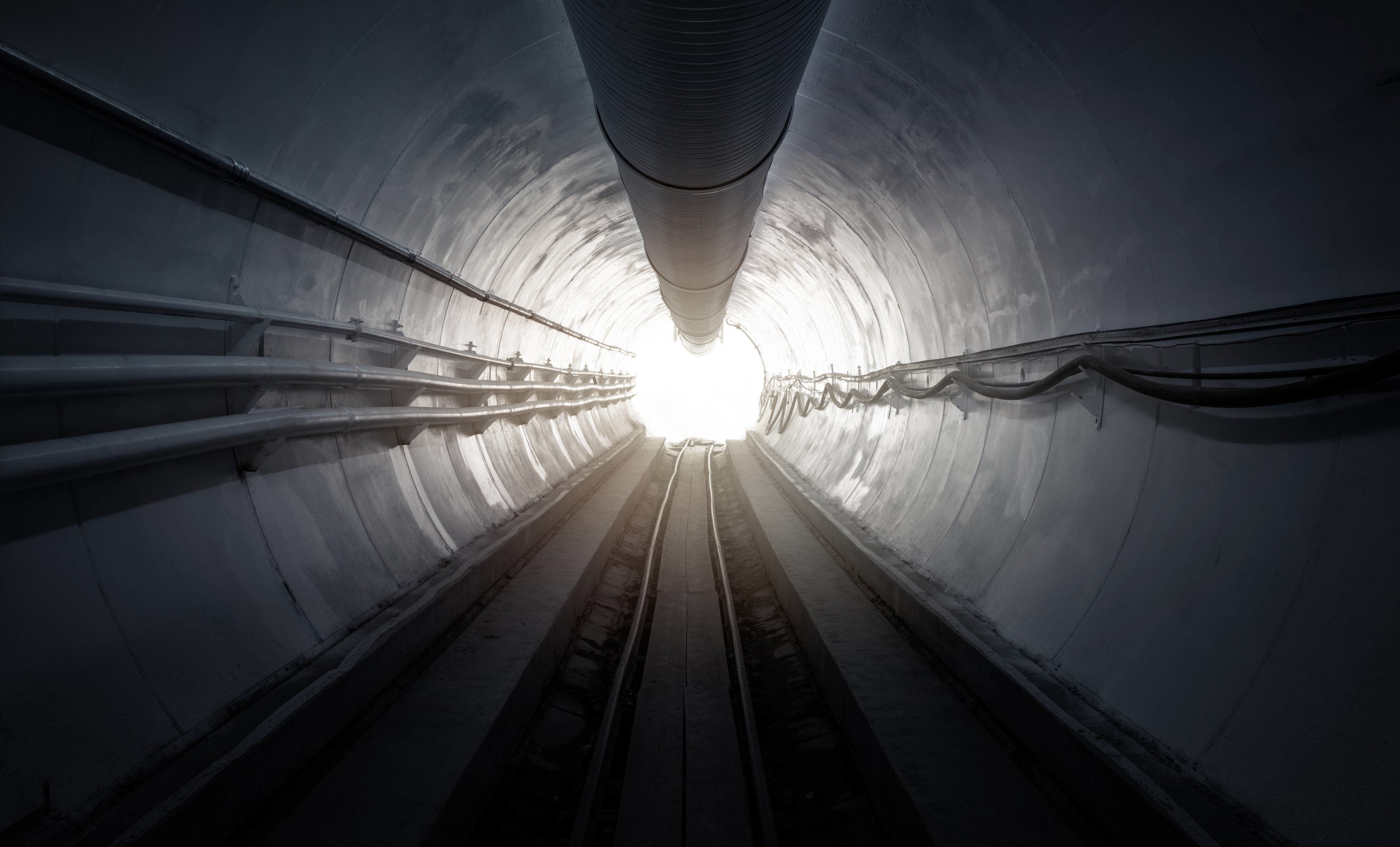

News
Why The Boring Company’s $10 million dollars per mile price tag is a game changer
With The Boring Company, Elon Musk hopes to overcome the pitfalls that drive up the costs of underground rail transport construction using good old-fashioned innovation with a dash of Silicon Valley startup dust (dirt?). Currently, most U.S. local and state governments (i.e., tax payers) hand over an average of $200-$500 million dollars per mile to construct a subway system, with hundreds of millions more per mile a common occurrence and even a $1 billion dollars per mile price tag having happened a few times already. The reasons for such expense seems to be multi-faceted and stubborn: regulations, unions, and project management. So, when the Tesla CEO and Boring Company founder cited $10 million dollars as the final price of their mile-long demonstration tunnel, including internal infrastructure, lighting, comms/video, safety systems, ventilation, and tracks, he seemed to be threatening to completely upend yet another industry, this one having been at the core of transportation for nearly 200 years.
“I like trains, by the way. I really like trains a lot,” Musk assured his press audience at the company’s recent demonstration tunnel opening event. The Boring Company (TBC) began as a Twitter discussion wherein the tech mogul was venting about “soul-destroying” traffic in Los Angeles. A concept animation followed soon after (as well as hats and not-a-flamethrowers), imagining a transportation system where cars would be shuttled around at high speeds underground on electric skates. Ideas flowed, tunneling began, and the result of all those efforts went on display December 18, 2018, demo rides included. A rideable 1.14 mile tunnel had been constructed from Crenshaw Boulevard across from the Hawthorne, California headquarters of SpaceX, Musk’s private rocket company, to the 120th Street/Prairie Avenue crossroad of Hawthorne.
Around this time last year, Brian Rosenthal of the New York Times exposed several astonishing factors that added up to a $3.5 billion dollars per mile cost to construct a 3.5 mile tunnel to connect Grand Central Terminal to the Long Island Rail Road in New York City, aka the “East Side Access”. An infamous “first”, this price tag is 7 times more than the average of anywhere else in the world. A combination of trade union, construction company, and consulting firm practices, including significant staff redundancy, bred an environment ripe for cost pile-ups, and both incompetence and the lack of oversight within New York’s Metropolitan Transportation Authority (MTA) added significantly to the issue. While the specific amount of money spent made the system’s cost unique in the world, the general underlying issues were not uncommon.
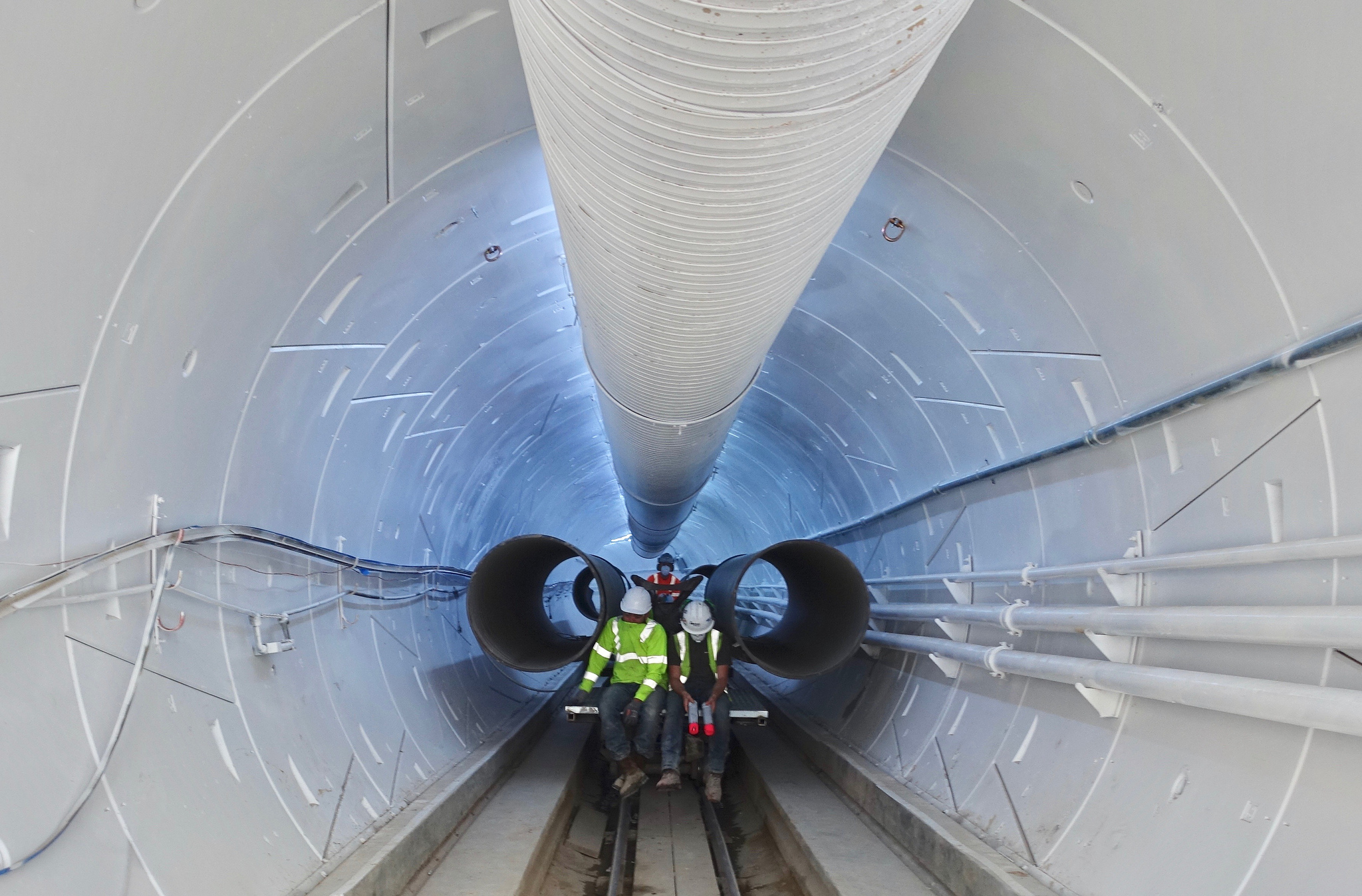
New York may be an exception to the already high-cost of rail construction rule, but there’s the rub: It’s already incredibly expensive. As documented in numerous articles by Alon Levy, an independent journalist whose 2011 blog post on the topic inspired the research that eventually led to the Times piece, $100-$500 million dollars per mile is a typical cost for building railed transporation worldwide. “These are crazy numbers,” Musk exclaimed at the tunnel opening event after summarizing the multiple billions of dollars short tunneling projects cost to complete in L.A. and New York. If the building cost wasn’t enough sticker shock, it gets worse: The daily operating costs of rail systems in the U.S. exceed the amount earned.
Another metric that is used to estimate the true cost of rail construction is cost per rider. After the time and money is spent building a public rail system, it needs to be staffed and repaired, expenses which are difficult to match with revenue without a large number of riders. As cited by Alon Levy in an article Elon Musk tweeted recently, New York’s Second Avenue Subway will cost $25,000 per rider to complete 200,000 trips per day. In Los Angeles, the Purple Line will cost $45,000 per rider for 150,000 trips per day as will Boston’s Green Line Extension for 52,000 trips. Looking at rider fares, New York loses a bit less than $1 per ride taken and L.A. loses over $2 per ride.
So, how will The Boring Company “do” underground transportation system building better than the traditional, money-heavy methods? To put it simply: Be efficient.
Building a better mouse snail trap
They’ve designed their tunneling machines to bore faster and more efficiently. While the first generation machine is conventional and named Godot after the Samuel Backett play, Waiting for Godot due to the length of time it took to understand the machine’s functionality and assemble it, two other improved generations will be part of the Boring family.
The second generation machine, named “Line-Storm” after a Robert Frost love poem with the same phrase in its title that’s about overcoming hardships, is a conventional boring machine that has been highly modified. It uses a redesigned cutting head that takes in significantly more dirt and is 2 times faster than Godot.
The third generation machine, named “Prufrock”, will be a ground-up, fully designed TBC machine that’s 15 times better than the next best boring system, and that means 15 times faster than the next best machine out there, period.
Improved construction practices and project management
During construction, TBC reinforced tunnel segments as they were dug, those reinforcements being created on-site out of materials comprising 70% of the dirt dug and the remaining 30% primarily cement. This recycled material, as-you-go system enabled quick construction with cost efficiency, the demo tunnel taking 2 years almost to the day from Musk’s initial Tweet that inspired the undertaking.
Function-focused engineering
TBC’s tunnels are smaller than the typical underground rail system because they’re designed for specific types of vehicles that are smaller than traditional transports (autonomous electrics) and don’t require extra space for maintenance. This in itself reduces costs by 3-4 times.
Although The Boring Company has the advantage of being the new kid on the block whose founder has a unique background in shaking up traditional systems, there may still be a few hangups that will never quite go away. Anything involving the general public, especially public transit, will have serious bureaucracy involved. To achieve the company’s mile-long demo track feat, it had to face the extreme regulatory environment of Los Angeles. California overall has earthquakes, is a methane zone, and has oil and gas fields, all which add to a long list of rules to be followed for any construction projects to commence. “The amount of paperwork we had to go through to do this was enormous,” Musk said at TBC’s recent event.
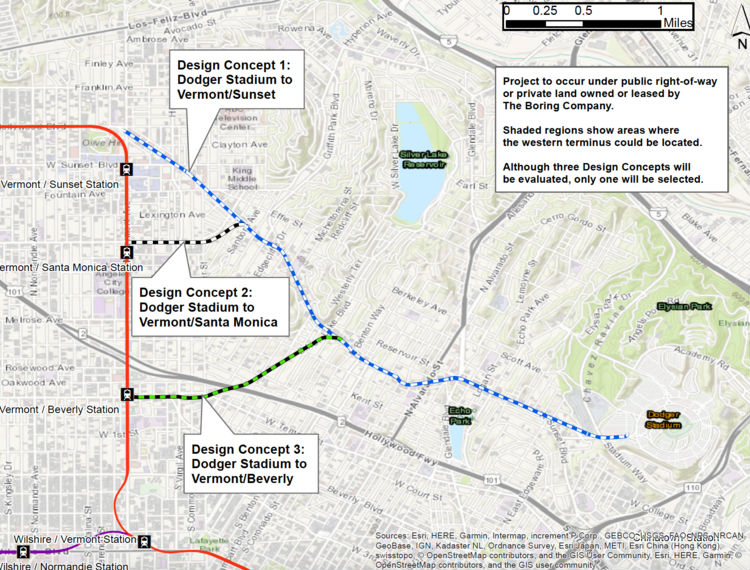
Additionally, a lawsuit filed last year by the Brentwood Residents Coalition and the Sunset Coalition objecting to the company’s Sepulveda tunnel eventually led to their abandonment of that leg of the demonstration project. The coalitions primarily alleged that TBC was skirting environmental review requirements by “chopping large projects into smaller pieces that taken individually appear to have no significant environmental impacts”, citing a conceptual map the company released showing its planned Los Angeles tunnel system. Musk hasn’t let these hurdles damage his confidence, however. While speaking with press at TBC’s opening event, he added his own spin to the Broadway mantra (and Frank Sinatra hit, “New York, New York”) about “making it” there : “If you can build a tunnel in L.A., you can build it anywhere.”
As CEO of an innovative electric car company and a commercial rocket company set on sending humans to Mars, Musk is known as an industry disruptor. Even if the cost of boring tunnels for public transportation projects rises somewhat above the $10 million per mile price demonstrated with the LA/Hawthorne tunnel, it will be still be well under the typical costs in the boring industry. It’s obvious already that a potential disruption is underway. “We have people hounding us to invest nonstop…it’s kinda ridiculous how much interest we’ve had in investing in Boring Company,” Musk stated at the tunnel unveiling. Steve Davis, president of the company, added that they receive “greater than 5 and less than 20 requests per week from different municipalities and stakeholders.”
Also in the works for the tunneling newcomers: A transport line connecting downtown Chicago to Chicago O’Hare International Airport. The company won a contract to build a transport system for the city’s fliers in June 2017, and ground breaking is planned for sometime in the next few months. The Boring Company’s calendar still includes plans for an “urban loop system” as well, an underground network of pod-type buses for pedestrians and cyclists connecting numerous points throughout city centers.
Elon Musk
Tesla analysts believe Musk and Trump feud will pass
Tesla CEO Elon Musk and U.S. President Donald Trump’s feud shall pass, several bulls say.
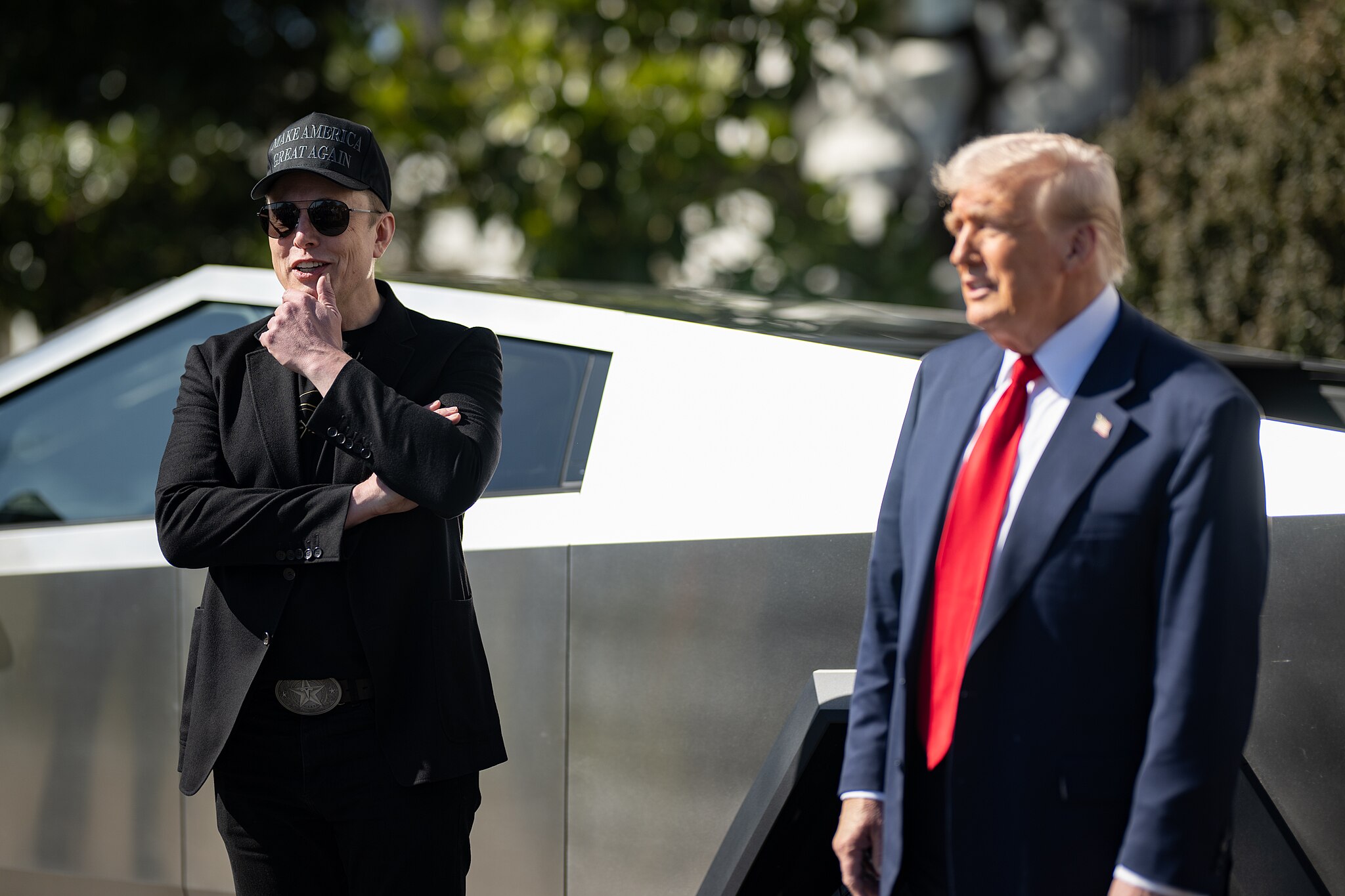
Tesla analysts are breaking down the current feud between CEO Elon Musk and U.S. President Donald Trump, as the two continue to disagree on the “Big Beautiful Bill” and its impact on the country’s national debt.
Musk, who headed the Department of Government Efficiency (DOGE) under the Trump Administration, left his post in May. Soon thereafter, he and President Trump entered a very public and verbal disagreement, where things turned sour. They reconciled to an extent, and things seemed to be in the past.
However, the second disagreement between the two started on Monday, as Musk continued to push back on the “Big Beautiful Bill” that the Trump administration is attempting to sign into law. It would, by Musk’s estimation, increase spending and reverse the work DOGE did to trim the deficit.
Every member of Congress who campaigned on reducing government spending and then immediately voted for the biggest debt increase in history should hang their head in shame!
And they will lose their primary next year if it is the last thing I do on this Earth.
— Elon Musk (@elonmusk) June 30, 2025
President Trump has hinted that DOGE could be “the monster” that “eats Elon,” threatening to end the subsidies that SpaceX and Tesla receive. Musk has not been opposed to ending government subsidies for companies, including his own, as long as they are all abolished.
How Tesla could benefit from the ‘Big Beautiful Bill’ that axes EV subsidies
Despite this contentious back-and-forth between the two, analysts are sharing their opinions now, and a few of the more bullish Tesla observers are convinced that this feud will pass, Trump and Musk will resolve their differences as they have before, and things will return to normal.
ARK Invest’s Cathie Wood said this morning that the feud between Musk and Trump is another example of “this too shall pass:”
BREAKING: CATHIE WOOD SAYS — ELON AND TRUMP FEUD “WILL PASS” 👀 $TSLA
She remains bullish ! pic.twitter.com/w5rW2gfCkx
— TheSonOfWalkley (@TheSonOfWalkley) July 1, 2025
Additionally, Wedbush’s Dan Ives, in a note to investors this morning, said that the situation “will settle:”
“We believe this situation will settle and at the end of the day Musk needs Trump and Trump needs Musk given the AI Arms Race going on between the US and China. The jabs between Musk and Trump will continue as the Budget rolls through Congress but Tesla investors want Musk to focus on driving Tesla and stop this political angle…which has turned into a life of its own in a roller coaster ride since the November elections.”
Tesla shares are down about 5 percent at 3:10 p.m. on the East Coast.
Elon Musk
Tesla scrambles after Musk sidekick exit, CEO takes over sales
Tesla CEO Elon Musk is reportedly overseeing sales in North America and Europe, Bloomberg reports.

Tesla scrambled its executives around following the exit of CEO Elon Musk’s sidekick last week, Omead Afshar. Afshar was relieved of his duties as Head of Sales for both North America and Europe.
Bloomberg is reporting that Musk is now overseeing both regions for sales, according to sources familiar with the matter. Afshar left the company last week, likely due to slow sales in both markets, ending a seven-year term with the electric automaker.
Tesla’s Omead Afshar, known as Elon Musk’s right-hand man, leaves company: reports
Afshar was promoted to the role late last year as Musk was becoming more involved in the road to the White House with President Donald Trump.
Afshar, whose LinkedIn account stated he was working within the “Office of the CEO,” was known as Musk’s right-hand man for years.
Additionally, Tom Zhu, currently the Senior Vice President of Automotive at Tesla, will oversee sales in Asia, according to the report.
It is a scramble by Tesla to get the company’s proven executives over the pain points the automaker has found halfway through the year. Sales are looking to be close to the 1.8 million vehicles the company delivered in both of the past two years.
Tesla is pivoting to pay more attention to the struggling automotive sales that it has felt over the past six months. Although it is still performing well and is the best-selling EV maker by a long way, it is struggling to find growth despite redesigning its vehicles and launching new tech and improvements within them.
The company is also looking to focus more on its deployment of autonomous tech, especially as it recently launched its Robotaxi platform in Austin just over a week ago.
However, while this is the long-term catalyst for Tesla, sales still need some work, and it appears the company’s strategy is to put its biggest guns on its biggest problems.
News
Tesla upgrades Model 3 and Model Y in China, hikes price for long-range sedan
Tesla’s long-range Model 3 now comes with a higher CLTC-rated range of 753 km (468 miles).
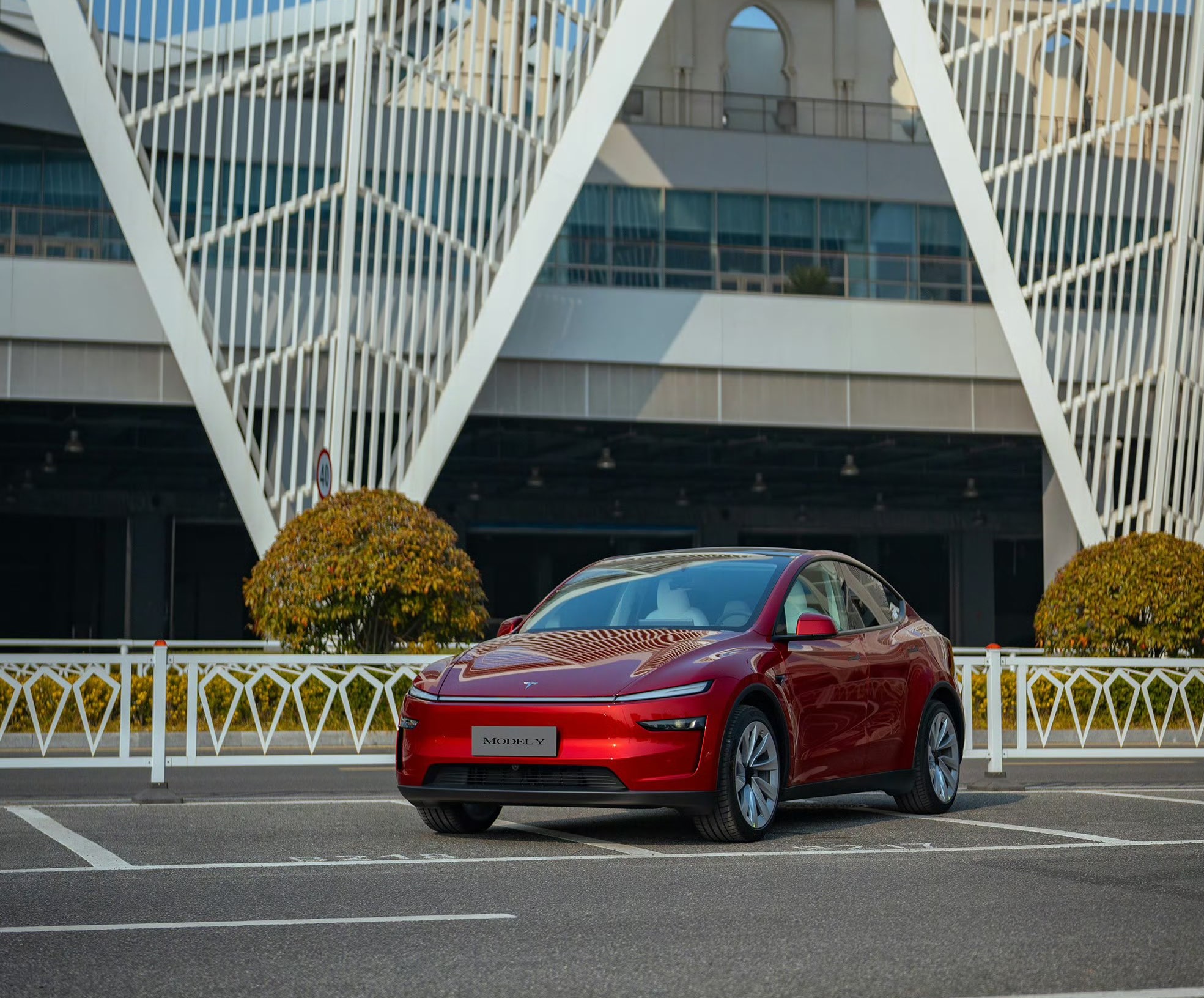
Tesla has rolled out a series of quiet upgrades to its Model 3 and Model Y in China, enhancing range and performance for long-range variants. The updates come with a price hike for the Model 3 Long Range All-Wheel Drive, which now costs RMB 285,500 (about $39,300), up RMB 10,000 ($1,400) from the previous price.
Model 3 gets acceleration boost, extended range
Tesla’s long-range Model 3 now comes with a higher CLTC-rated range of 753 km (468 miles), up from 713 km (443 miles), and a faster 0–100 km/h acceleration time of 3.8 seconds, down from 4.4 seconds. These changes suggest that Tesla has bundled the previously optional Acceleration Boost for the Model 3, once priced at RMB 14,100 ($1,968), as a standard feature.
Delivery wait times for the long-range Model 3 have also been shortened, from 3–5 weeks to just 1–3 weeks, as per CNEV Post. No changes were made to the entry-level RWD or Performance versions, which retain their RMB 235,500 and RMB 339,500 price points, respectively. Wait times for those trims also remain at 1–3 weeks and 8–10 weeks.
Model Y range increases, pricing holds steady
The Model Y Long Range has also seen its CLTC-rated range increase from 719 km (447 miles) to 750 km (466 miles), though its price remains unchanged at RMB 313,500 ($43,759). The model maintains a 0–100 km/h time of 4.3 seconds.
Tesla also updated delivery times for the Model Y lineup. The Long Range variant now shows a wait time of 1–3 weeks, an improvement from the previous 3–5 weeks. The entry-level RWD version maintained its starting price of RMB 263,500, though its delivery window is now shorter at 2–4 weeks.
Tesla continues to offer several purchase incentives in China, including an RMB 8,000 discount for select paint options, an RMB 8,000 insurance subsidy, and five years of interest-free financing for eligible variants.
-

 Elon Musk23 hours ago
Elon Musk23 hours agoTesla investors will be shocked by Jim Cramer’s latest assessment
-

 News6 days ago
News6 days agoTesla Robotaxi’s biggest challenge seems to be this one thing
-

 News2 weeks ago
News2 weeks agoTesla’s Grok integration will be more realistic with this cool feature
-

 Elon Musk2 weeks ago
Elon Musk2 weeks agoElon Musk slams Bloomberg’s shocking xAI cash burn claims
-

 News2 weeks ago
News2 weeks agoTesla China roars back with highest vehicle registrations this Q2 so far
-

 News2 weeks ago
News2 weeks agoTexas lawmakers urge Tesla to delay Austin robotaxi launch to September
-

 News2 weeks ago
News2 weeks agoTesla dominates Cars.com’s Made in America Index with clean sweep
-

 Elon Musk1 week ago
Elon Musk1 week agoFirst Look at Tesla’s Robotaxi App: features, design, and more


